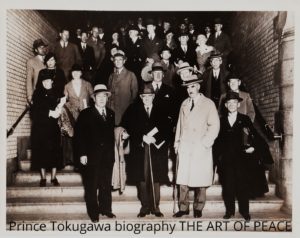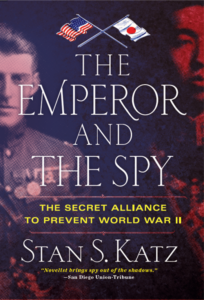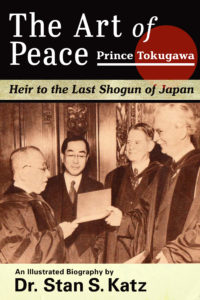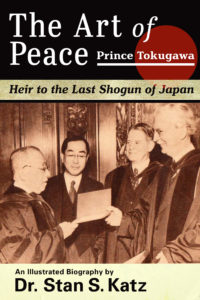
For decades, Prince Tokugawa Iesato (aka Prince Iyesato Tokugawa – 1863-1940) devoted his life to maintaining peace in Asia and specifically preventing Japan from coming into conflict with China. Tokugawa saw the clouds of war growing in Europe, as well as the militants in his own country pushing Japan towards conflict with China. He resisted these aggressions and wished to protect as many innocent lives as he could. As president of the Japanese Red Cross Society, Prince Tokugawa presided over the 1934 International Red Cross Conference in Tokyo (aka XVth International Conference of the Red Cross), where he urged the delegates to “Serve for Humanity.” It was at this gathering, where there was the first known example in history for the international creation of demilitarized Safe Zones, where civilians could find shelter, as outside warring armies fought one another.


